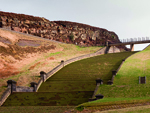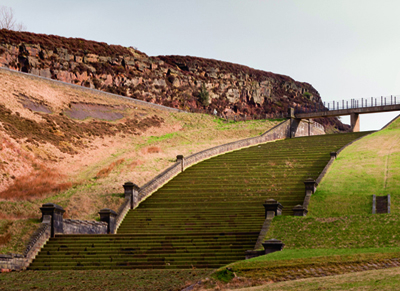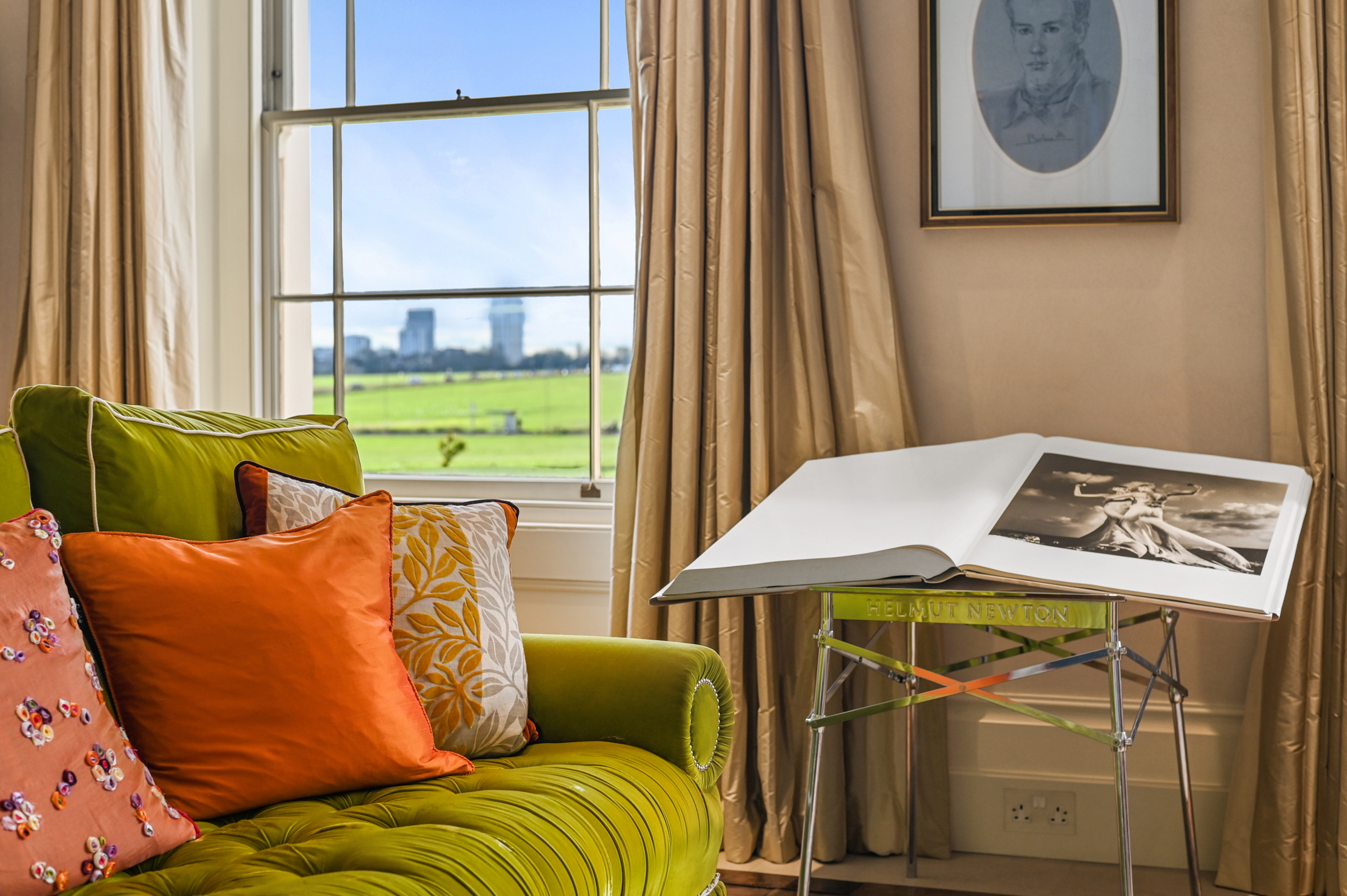Act now to rescue buildings in jeopardy
The annual list from the Victorian Society of its buildings at risk has some gems including Ipswich County Hall and Holborn Circus in London


An elegant railway station that has been left to rot and Ipswich's blighted former County Hall are among the most endangered Victorian and Edwardian buildings in Britain, according to the Victorian Society.
Its annual top 10 list of sites at risk, which is based on nominations from conservationists, campaigners and members of the public, highlights the plight of historic architecture that's been chronically neglected or fallen victim to criminal damage.
Built by Francis Thompson in 1840 for the North Midland Railway to an unusual Georgian-style design, Wingfield Station is referred to as ‘the most perfect of all station houses' in An Introduction to Railway Architecture (1950). The last trains departed from its platforms in 1967 in the wake of the Beeching Report, and it was sold to a private owner, who allowed it to fall into disrepair. Heritage campaigners have approached Amber Valley Borough Council with a view to securing a compulsory purchase.
Ipswich's early Victorian County Hall, a majestic building that once boasted fine wood panelling and stained-glass windows, has become a magnet for vandals, squatters and drug users since its closure in 2004. Copper and lead have been stripped from it, allowing water to flood the interior, and the glass on the clock tower has been kicked out, leaving the clock mechanism to rust in the rain.
* Subscribe to Country Life and get the Ipad edition free
The condition of the buildings on the list varies widely. Hendrefolian House near Swansea, south Wales, built in 1853 for Welsh industrialist Lewis Llewellyn Dillwyn and now owned by Swansea University College, suffers from overflowing gutters and damp that could be fixed with comparative ease, but there are serious doubts over the future of the Swindon Mechanics Institute, which was described in 2010 as looking like something ‘from the Blitz'. ‘Whether the solution is restoration or finding a new use for a building, it always takes money and time. In the meantime, it's vital that historic buildings are secured against weather and vandals,' says Chris Costelloe, director of the Victorian Society. ‘We owe it to future generations to ensure such memorable buildings are still around in 100 years.' Featuring on the list can make all the difference to a building's future. Oldham's once decaying Town Hall, which was flagged up in 2009, is now secure and watertight, and there are plans to convert it into a cinema complex.

Butterly Spillway, West Yorkshire
Sign up for the Country Life Newsletter
Exquisite houses, the beauty of Nature, and how to get the most from your life, straight to your inbox.
Six of the 10 buildings on the list are Grade II listed, which means that they're not eligible to be included on the Heritage at Risk Register compiled by English Heritage (EH), which only covers Grade I- and II*- listed buildings and Grade II-listed buildings in London. As part of the launch of the 2012 register (www.english-heritage.org.uk/risk) last week, EH declared its intention to find a way of plugging this gap. ‘Grade II-listed buildings are the bulk of the nation's heritage treasury,' comments Simon Thurley, EH's chief executive. ‘When one of them is lost, it's as if someone has rubbed out a bit of the past-something that made your street or your village special will have gone.'
There are some 345,000 Grade II listed buildings in England-92% of the listings total. EH says that this is too many for it to survey on its own, and has offered to fund 9-15 pilot surveys around the country carried out in partnership with local authorities, national parks and community groups. It hopes that this will encourage grant-givers such as the Heritage Lottery Fund to get rescues under way.
It has also been announced that special Heritage at Risk teams are to be set up in every local English Heritage office, with the aim of working to remove even more buildings from the register. These will support owners, developers and local groups in their efforts to save vulnerable architecture.
The Victorian Society's top ten endangered buildings
* Wingfield Station, Wingfield, Derbyshire
* Langton Dock Pumphouse, Bootle, Merseyside
* Butterley Spillway, Marsden, West Yorkshire
* Country Hall, Ipswich, Suffolk
* Agecroft Cemetery Chapel, Salford, Greater Manchester
* Church of St Peter and St Paul, Birch, Essex
* Mechanics Institute, Swindon, Wiltshire
* Holborn Circus, London
* Hendrefolian House, near Swansea
* Waterloo Hotel, Smethwick, West Midlands Derbyshire
* Follow Country Life Magazine on Twitter
Emma Hughes lives in London and has spent the past 15 years writing for publications including the Guardian, the Telegraph, the Evening Standard, Waitrose Food, British Vogue and Condé Nast Traveller. Currently Country Life's Acting Assistant Features Editor and its London Life restaurant columnist, if she isn't tapping away at a keyboard she's probably taking something out of the oven (or eating it).
-
 New balls please: Eddie Redmayne, Anna Wintour and Laura Bailey on the sensory pleasures of playing tennis
New balls please: Eddie Redmayne, Anna Wintour and Laura Bailey on the sensory pleasures of playing tennisLittle beats the popping sound and rubbery smell of a new tube of tennis balls — even if you're a leading Hollywood actor.
By Deborah Nicholls-Lee
-
 A rare opportunity to own a family home on Vanbrugh Terrace, one of London's finest streets
A rare opportunity to own a family home on Vanbrugh Terrace, one of London's finest streetsThis six-bedroom Victorian home sits right on the start line of the London Marathon, with easy access to Blackheath and Greenwich Park.
By James Fisher